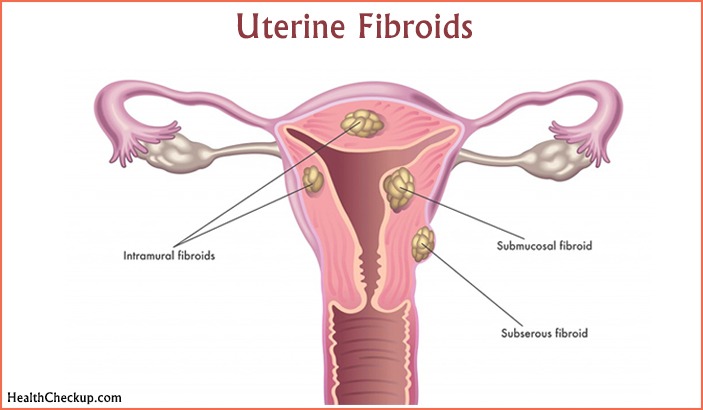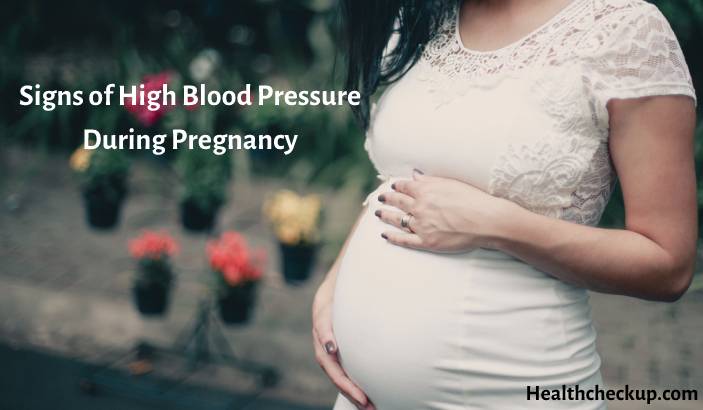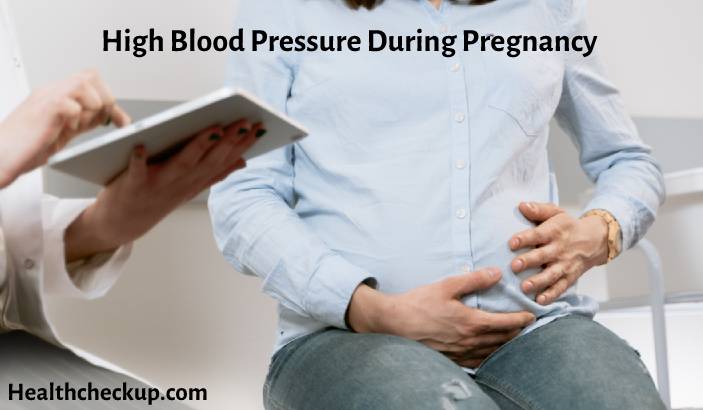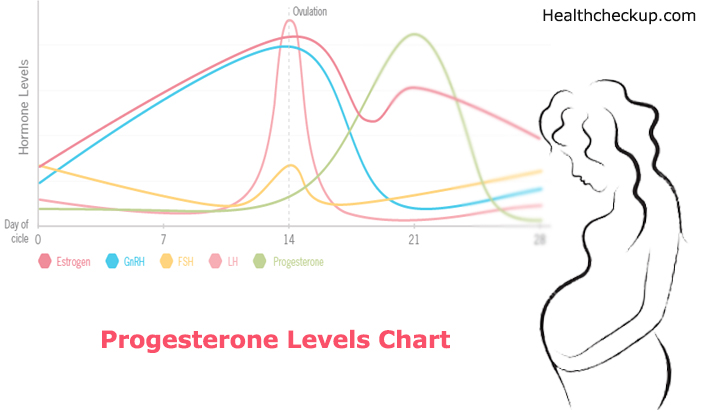Technology has brought with it an age of information download that at times can be overwhelming and confusing, yet these advances have put a lot of spotlight on staying healthy. Staying healthy is relative to the person and depends on how well your body functions. When it comes to taking care of one’s health both men and women tend to ignore a few signs till it gets complicated and changing habits become imperative. More women than men are caught unaware when they face certain health related issues. It could be that they either ignore it or they have no idea about some health scares that need to be taken seriously. Some health issues such as Uterine Fibroids come to the fore only when women are unable to conceive or have issues with their menstruation or any other issue connected to overall health.
Fibroids, especially the uterine fibroid is one of the most common health issues women face today. According to the NWHIC, nearly 10-20% of women tend to suffer from it at any given point. According to the U.S Census Bureau, population update 2004 nearly 532 lakh people are suffering from this disease and it is estimated to grow to 1,065,070,607 if left unchecked.
To understand this disease better, here’s a look at what it is all about.
What are Fibroids?
Fibroids are abnormal growths that tend to grow on the uterus or inside the uterus in women. These growths are made up of muscle cells and tissue. Nearly 70-80% of women have had it by the age of 50. It is also known as Leiomyoma or Myoma. Most fibroids are benign i.e. not cancerous. It can be one single or multiple tumors in the uterus. These fibroid tumors can be as small as a seed or as big as a grape. In some cases, it can grow too large and cause severe stomach pains or lead to heavy menstruation flow.
Causes of Fibroids:
There is no specific reason why fibroids develop, however, there could be a number of factors that could lead to their growth. The factors could be
Age:
Age is an important factor when it comes to myoma in women. As you grow older suffering from fibroids becomes common especially for women in their 30’s and 40’s right up to menopause. These small tumors tend to shrink after menopause.
Family History:
This condition can be hereditary and the likelihood of you developing fibroids three times higher if you have a history of your mother or sibling suffering from it.
Hormones:
Your ovaries produce both estrogen and progesterone. These hormones help to regenerate the inner lining of the uterus during each menstrual cycle, which could also encourage the development of fibroids.
Pregnancy:
The production of estrogen and progesterone increases when one is pregnant. This could also lead to rapid development and growth of abnormal cells in the uterus.
Diet:
Those who prefer eating a lot of red meat like beef or ham face a risk that is three times higher. Eating green vegetables, on the other hand, seems to protect women from fibroid tumor.
Overweight:
Overweight women face a higher risk of fibroids, however, those who are very heavy the risk is two or three times more than the normal women.
Who Can Get Fibroids?
People, especially women are prone to developing fibroids if they have one or more of the factors mentioned below:
- Are pregnant
- A family history of fibroids
- Are over the age of 30
- Are overweight or obese
Uterine Fibroids Symptoms:
A number of women suffering from myoma don’t have any symptoms, however, those who do have symptoms find it quite difficult to cope with it. Here are a few overt symptoms you should know about
- Heavy bleeding, which can be heavy enough to cause anemia or painful periods.
- The feeling of fullness in the lower stomach
- Too much pressure on the bladder can lead to frequent urination
- Lower abdomen enlargement
- Experiencing pain during sex
- Suffering from lower back pain
- Suffering from pregnancy complications, which could problems during labour. Pregnant women with fibroids face nearly 6 times the risk of giving birth to a cesarean section.
- Procreative problems, such as childlessness, multiple miscarriages or premature labour.
Types of Uterine Fibroids:
Myoma tumors tend to grow in or on the wall of the uterus. Gynecologists put them in different categories depending on where they grow in the uterus.
- Submucosal fibroids develop within the uterine cavity
- Intramural fibroids grow inside the walls of the uterus
- Subserosal fibroids grow on the walls outside the uterus.
In other cases, some myoma tumors develop on stalks that grow out from the exterior of the uterus or into the uterine cavity. Such tumors look like mushrooms and are known as pedunculated fibroids.
Diagnosing Uterine Fibroids:
To understand or find out if you are suffering from uterine fibroids you should visit a Gynecologist. Most often they can find out through a routine examination of your pelvis to check your ovaries, uterus, and vagina. Your doctor may feel the fibroids with his or her fingers as a bump or a knob on the uterus. The size of the uterus is often compared to the size of your uterus if you were pregnant. The doctor may even request for a few diagnostic tests to understand better.
Here are a few tests that could help in diagnosing fibroids.
Ultrasound:
This test uses sound waves to take an image of the uterus. The ultrasound wand can be placed on the abdomen or inside the vagina to create the image.
X-Ray:
An x-ray uses radiation to look into the pelvic region and create an image that can be used for diagnosis.
Pelvic Magnetic Resonance Imaging(MRI):
This test uses magnets and radio waves to create an image of the uterus
Cat Scan:
A cat scan takes a number of x-ray pictures of the pelvis from different angles so that the doctor can view the uterus completely.
Hysterosalpingogram (HSG) or Sonohysterogram:
In an HSG test the technician injects an x-ray dye into the uterus and then takes an x-ray. If it is a Sonohysterogram then the technician would inject water into the uterus and then take an ultrasound image
In case the other tests prove inconclusive there are two kinds of surgeries that can be done to know for sure if you have uterine fibroids.
Laparoscopy:
A thin scope is inserted through an incision made in or near the navel. There is a bright light attached to the scope along with a camera. The camera allows the doctor to see the uterus and other organs clearly on the monitor attached to the scope.
Hysteroscopy:
In this kind of a surgery, a thin scope with a light is inserted into the vagina and the cervix into the uterus. There is no incision made for this test.
Uterine Fibroids Treatments:
The treatment options for fibroids depends on the patient. The treatment could include medications to arrest growth or to dissolve the fibroids depending on the type and size of the fibroid tumor. Your doctor may even decide to suggest a combination of treatments.
For Small Fibroids:
If the pain is mild, then the doctor may prescribe an OTC pain medication to help with the pain. In the case of heavy bleeding during periods then the doctor may suggest taking an iron supplement so that you can avoid becoming anemic. The doctor could prescribe low-dose birth control pills as they help to arrest the growth of fibroids and control heavy bleeding during periods. The doctor may suggest injections that work like progesterone in the body to help with heavy blood flow.
Another treatment can be an IUD that contains release the hormone progestin that helps to control menstrual bleed as well as works as a birth control measure. Medications that will help to regulate your hormone levels can be another treatment options to shrink fibroids. These medicines release Gonadotropin hormone agonists such as leuprolide that cause a drop in the levels of estrogen and progesterone. This drop, in turn, will stop menstruation and shrink fibroids.
For Fibroids With Moderate and Severe Symptoms:
Surgery is the best option for fibroids with moderate to severe symptoms. Here are the surgery options
Myomectomy:
Myomectomy is a surgery that is done to take out the fibroid tumors with taking out the healthy tissues in the uterus. This kind of surgery is the best for those women who would like to have children after the surgery. In case the fibroids are too deeply embedded in the uterus, then the women may end up giving birth through a C-section instead of a normal virginal birth. Myomectomy can be a major surgery, which involves cutting into the abdomen or it can be done through laparoscopy or hysteroscopy. The type of surgery done depends entirely on the type, size and location of the uterine fibroids. It is also possible that new fibroid tumors may develop after the surgery.
Hysterectomy:
In this kind of surgery, the uterus is removed and it is one of the ways to get rid of fibroids in the uterus completely. This surgery is recommended when women do not want to have children, are close to menopause and suffer from large fibroids and heavy bleeding. In case the surgery is done to remove only the uterus leaving the ovaries intact then the women may not go into menopause after the surgery. It is a major surgery and needs several weeks to recover.
Endometrial Ablation:
Endometrial Ablation is a surgery where the uterus lining is removed or destroyed in order to control heavy menstrual bleeding. This surgery is considered minor and is often done using boiling water, laser, microwaves, wire loops, electric current, freezing and other methods. Most women who undergo this kind of surgery recover easily, however, such women then can no longer have children. It is also possible they may no longer have menstrual bleeding or lighter bleeding.
Myolysis:
Myolysis is another surgery where a needle is inserted into the fibroid with the help of a laparoscopic scope. This needle is then used to direct electric current or freeze the fibroid to destroy it.
Uterine Fibroid Embolization or Uterine Artery Embolization:
In such a surgery a thin tube is inserted into the blood vessels that are supplying blood to the fibroid. This tube is then filled with small plastic or gel-like particles. They block the blood flow to the fibroids, which makes them shrink.
Not only surgery but there are other Uterine Fibroids treatment options that are being studied. Some are MRI-guided ultrasound surgery that helps to shrink fibroids using high-intensity ultrasound beams. The MRI helps the surgeon locate the fibroid while the ultrasound sends out scorching sound waves to terminate the fibroids. Some hospitals user laser to remove fibroids or cut off it’s blood supply which helps to shrink the tumor. There are some who are developing anti-hormonal medications that could help provide relief to women suffering from fibroid symptoms without thinning their bones.
Medically Reviewed By








